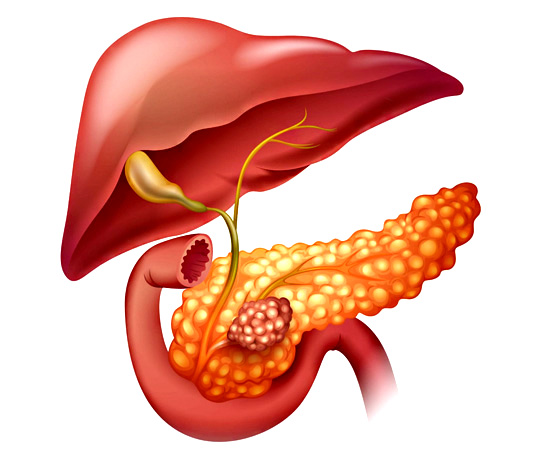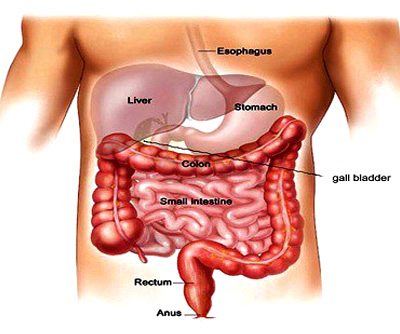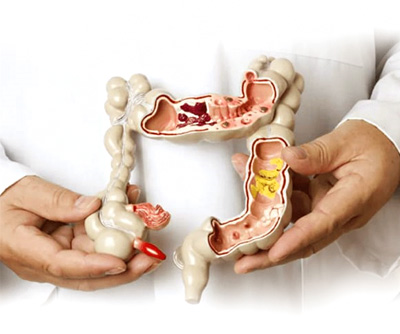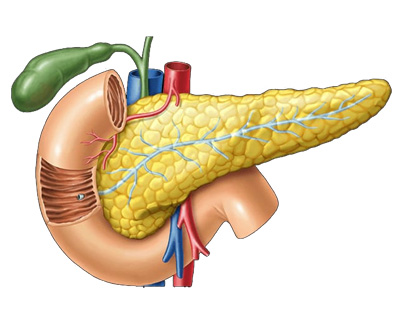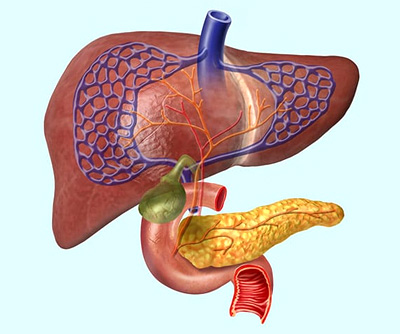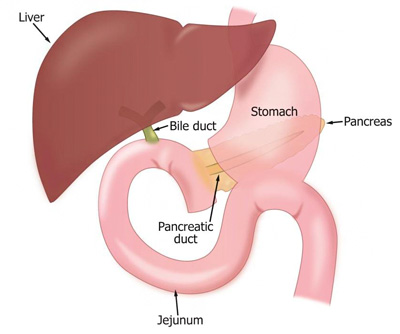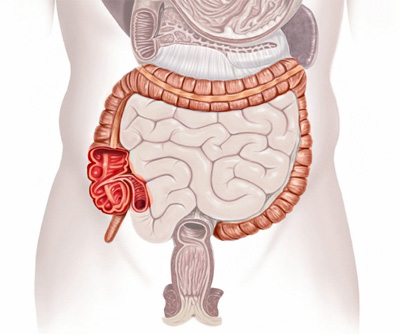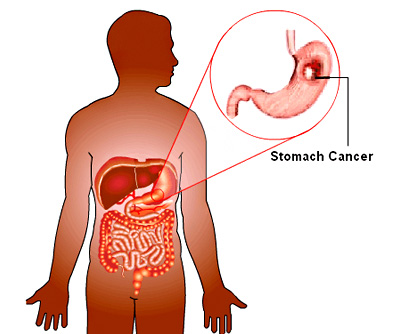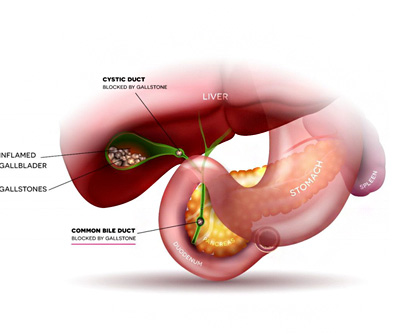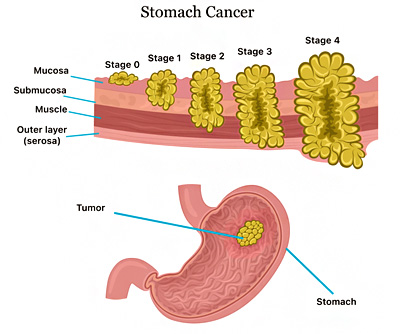
When it comes to cancer, there are many different types that can affect different parts of the body. One type of cancer that affects a vital organ is stomach cancer. This type of cancer can be difficult to detect in its early stages, which is why it's important to be aware of the symptoms and risk factors.
Stomach cancer, also known as gastric cancer, is a type of cancer that starts in the stomach. The stomach is a J-shaped organ in the upper abdomen that's responsible for storing and breaking down food. Cancer that starts in the stomach is called primary stomach cancer.
Cancer that starts in another part of the body and spreads to the stomach is called metastatic stomach cancer. Metastatic stomach cancer is much more common than primary stomach cancer.
Types of Stomach Cancer
There are two main types of stomach cancer: adenocarcinoma and lymphoma.
Adenocarcinoma is the most common type of stomach cancer. It begins in the cells lining the inside of the stomach.
Lymphoma is a less common type of stomach cancer. It begins in the immune cells that are found in the lining of the stomach.
Stomach cancer is more common in men than women. The average age of diagnosis is 65.
Risk factors
Smoking
Heavy alcohol use
Helicobacter pylori (H. pylori) infection
Diet low in fruits and vegetables
Family history of stomach cancer
Symptoms of stomach cancer
Indigestion or heartburn
ILoss of appetite
Weight loss
Nausea and vomiting
Blood in the stool
Swelling in the abdomen
fatigue
If you experience any of these symptoms, it's important to see your doctor for a diagnosis. Stomach cancer is often diagnosed at later stages because early symptoms are often vague and can be attributed to other conditions.
There are a number of tests that can be used to diagnose stomach cancer, including:
Endoscopy: A thin, flexible tube with a light and camera is inserted through the mouth and into the stomach.
Biopsy: A sample of tissue is removed from the stomach and examined for cancer cells.
Imaging tests: CT scan, MRI, and X-rays can be used to create images of the stomach.
Once stomach cancer is diagnosed, treatment options will be based on the stage of the cancer.
The stage of cancer refers to how far it has spread. There are four stages of stomach cancer:
Stage I: Cancer is confined to the innermost layer of the stomach.
Stage II: Cancer has spread to the middle layer of the stomach.
Stage III: Cancer has spread to the outer layer of the stomach and may have spread to nearby lymph nodes.
Stage IV: Cancer has spread to other organs, such as the liver or lungs.
Treatment
Treatment options for stomach cancer include surgery, chemotherapy, and radiation therapy.
Surgery is the most common treatment for stomach cancer. The goal of surgery is to remove the cancerous tumor and a margin of healthy tissue around it. Depending on the stage of the cancer, surgery may be performed to remove part of the stomach (partial gastrectomy) or the entire stomach (total gastrectomy).
Chemotherapy is a type of cancer treatment that uses drugs to kill cancer cells. Chemotherapy may be given before or after surgery.
Radiation therapy is a type of cancer treatment that uses high-energy beams, such as X-rays, to kill cancer cells. Radiation therapy may be given before or after surgery.
Stomach cancer is a serious condition that can be difficult to detect and treat. If you experience any of the symptoms of stomach cancer, it's important to see your doctor for a diagnosis.
Treatments

Dr. Mayur Porwal
Minimally Invasive Surgical Solutions
Expert in GI Laparoscopy Surgery
& Specialist in Hepatopancreaticobiliary Surgery
